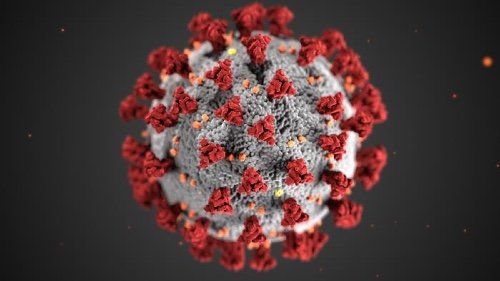Outpatient Facilities See Steepest Imaging Volume Decline During COVID-19
New York’s largest health system experiences 88-percent decrease in outpatient imaging between 2019 and 2020, indicating potential national trend.

Radiology imaging volumes, initially anticipated to drop by up to 70 percent during the pandemic, have fallen by nearly 30 percent since the start of the outbreak, according to newly published research. But, the decline, investigators reported, has accelerated in recent weeks, giving rise to even deeper volume dips.
Based on an analysis and comparison of imaging volumes from the same 16-week time period from 2019 and 2020 (January 1 to April 18), investigators from the Harvey L. Neiman Health Policy Institute® discovered the pandemic has caused a rapid decline in volume, potentially having significant short-term and long-term implications.
“The results from this study have revealed an overall 28-percent decline in the total imaging volume over a seven-week period during the COVID-19 pandemic, compared to 2019, including all patient service locations and imaging modality types,” said senior author Pina Sanelli, M.D., professor of radiology at Northwell Health, New York state’s largest health system. “However, the trend data has shown a transition period with a steep decline rate over a four-week period.”
Most specifically, the sharpest decline was identified between weeks 10 and 13 where case volumes diminished by 40 percent. The actual changes vary by location and modality. Investigators published their findings in the Journal of the American College of Radiology.
Overall, data gathered from Northwell Health’s 23 hospitals, 52 urgent care centers, and 17 imaging centers revealed fewer studies were conducted during the 16-week period in 2020 when compared to 2019 – 458,438 and 522,645, respectively. These numbers included volume from many modalities, including X-ray, mammography, CT, MRI, ultrasound, interventional radiology, and nuclear medicine.
Based on the analysis, researchers identified modality-specific volume drops that occurred by week 16 in 2020 – mammography (94 percent), nuclear medicine (85 percent), MRI (74 percent), ultrasound (64 percent), interventional radiology (56 percent), CT (46 percent) and X-ray (22 percent). They also determined that same week, imaging volumes had plummeted in the emergency department (54.96 percent), inpatient facilities (37.8 percent), and outpatient environments (87.20 percent).
As a result, the researchers determined, the year-over-year decline seen in the outpatient setting was 88 percent, followed by 46 percent in the emergency department, and 4 percent in the inpatient environment. These findings show not only the detrimental impact on outpatient facilities from the viral pandemic, but that practice settings will also need short- and long-term strategies to remain viable throughout the remainder of the COVID-19 crisis. Real-world data can help inform those decisions, they said.
“Our study demonstrates the magnitude of the disruption caused by the pandemic and suggests that practices that depend on outpatient imaging will be most severely affected,” said lead study author Jason Naidich, M.D., senior vice president and executive director, central region at Northwell Health. “Even though healthcare institutions and small businesses may be eligible for some economic relief from a variety of government programs, the crisis has placed significant financial strain on many practices and radiologists.”
As the pandemic drags on, potentially continuing to impact imaging volumes, he explained, additonal financial assistance in radiology could be necessary.
The Reading Room Podcast: Emerging Trends in the Radiology Workforce
February 11th 2022Richard Duszak, MD, and Mina Makary, MD, discuss a number of issues, ranging from demographic trends and NPRPs to physician burnout and medical student recruitment, that figure to impact the radiology workforce now and in the near future.
New Collaboration Offers Promise of Automating Prior Authorizations in Radiology with AI
March 26th 2025In addition to a variety of tools to promote radiology workflow efficiencies, the integration of the Gravity AI tools into the PowerServer RIS platform may reduce time-consuming prior authorizations to minutes for completion.
Strategies to Reduce Disparities in Interventional Radiology Care
March 19th 2025In order to help address the geographic, racial, and socioeconomic barriers that limit patient access to interventional radiology (IR) care, these authors recommend a variety of measures ranging from increased patient and physician awareness of IR to mobile IR clinics and improved understanding of social determinants of health.